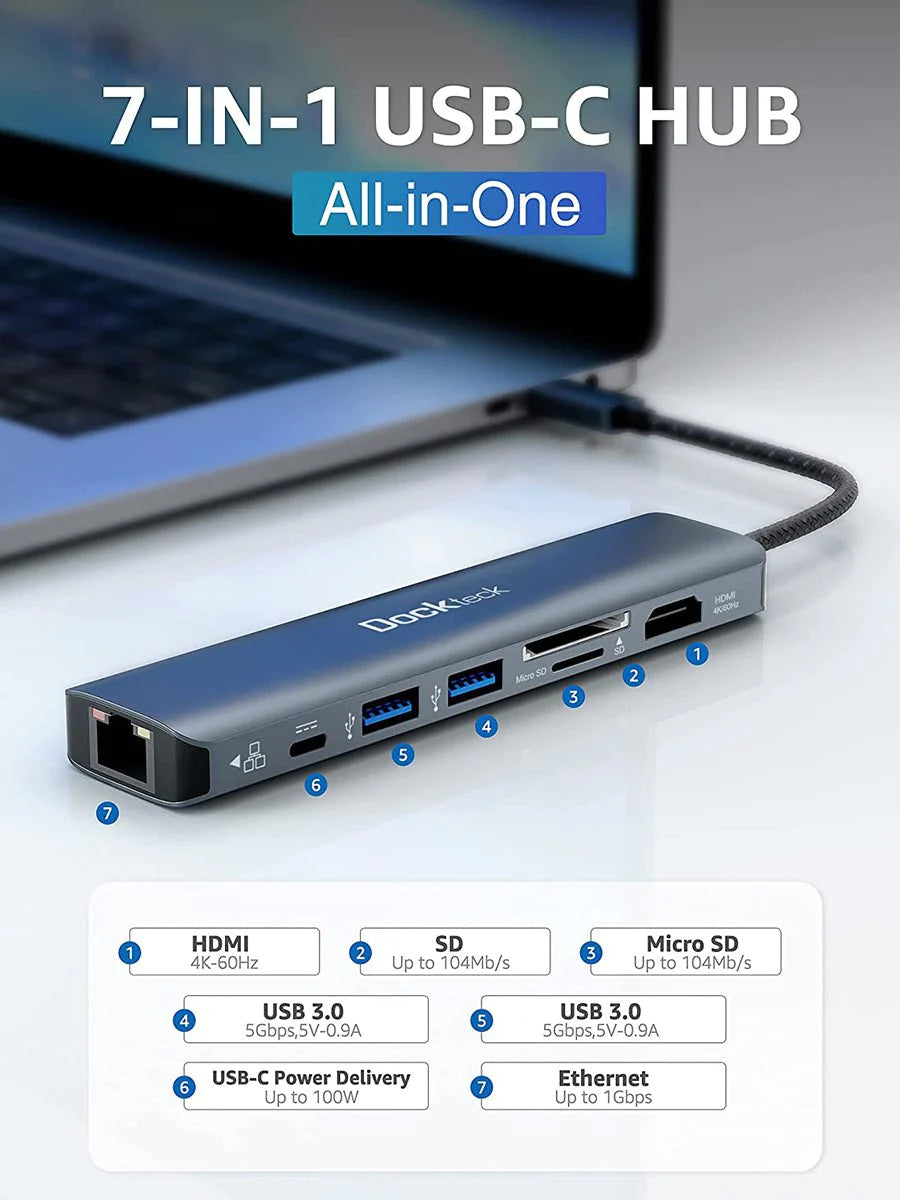In the ever-evolving world of networking technology, Ethernet hubs have been a vital component, playing a key role in facilitating the connection of multiple devices within a local area network (LAN). However, with the emergence of advanced network solutions such as switches and routers, the relevance of Ethernet hubs has gradually been challenged. This article takes an in-depth look at the question: Do Ethernet hubs still exist? Let’s find out.
Learn about Ethernet hubs
An Ethernet hub, also known as a network hub, is the central connection point for Ethernet cables within a local area network. It runs at the physical layer (Layer 1) of the OSI model and is only responsible for amplifying incoming packets and broadcasting them to all connected devices. Compared to switches, hubs lack the intelligence to direct traffic to the intended recipients as intelligently as switches.The rise of switches and routers
The decline in Ethernet hub popularity can be attributed to the emergence of switches and routers, which offer superior performance and functionality. The switch works at the data link layer (Layer 2) and is able to analyze data packets and selectively forward them to the appropriate destination based on the MAC address, thereby reducing network congestion and improving efficiency. Routers operate at the network layer (Layer 3), providing routing functions and realizing communication between different networks.Application scenarios of Ethernet hubs
Although switches and routers dominate modern networking environments, Ethernet hubs still have some specific use cases:Legacy Systems: In legacy networks or older equipment environments, Ethernet hubs may still be in use due to compatibility reasons or budget constraints.
Network Monitoring: Ethernet hubs are often used in network monitoring setups where all network traffic needs to be captured for analysis and troubleshooting. Because hubs broadcast traffic indiscriminately to all connected devices, they are ideal for monitoring applications.
Simple Networks: For small, basic networks with light traffic and simple connectivity requirements, an Ethernet hub may be sufficient as a cost-effective solution.
Conclusion: The evolution of network technology
While Ethernet hubs may have been surpassed in some aspects by more advanced networking equipment such as switches and routers, they still play an important role in specific scenarios and applications. As technology continues to evolve, the role of Ethernet hubs may gradually diminish, but they are unlikely to disappear entirely. Ultimately, the choice between an Ethernet hub or another networking solution will depend on factors such as network size, complexity, and specific needs. Regardless of whether Ethernet hubs are still important, their contribution to the development of network technology cannot be ignored.
Tags:









